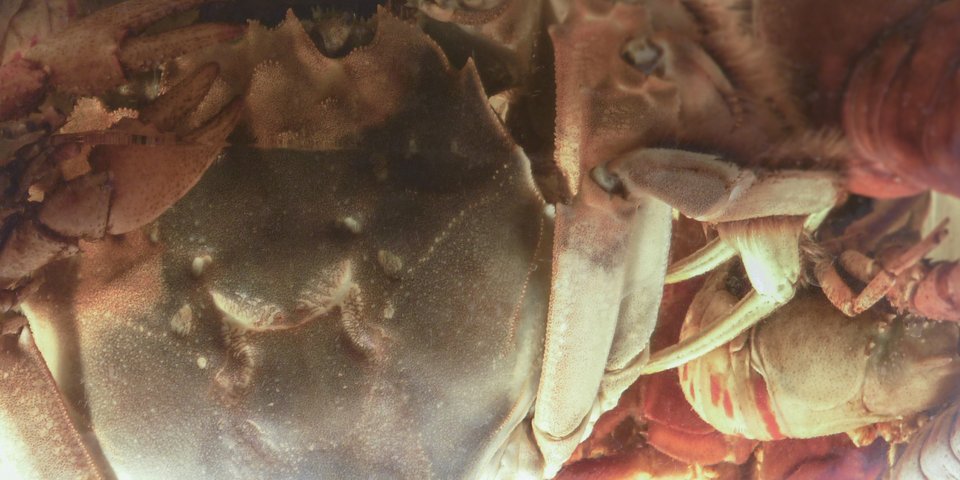
Attention & Form
Research topic
We will study a biological collection of crustaceans (»crab project«) to critically revise the systematization culture of biology, particularly in view of the tension between typology and genealogy. We will investigate form as a basis for classification and group formation, and thus as a source of differentiation in each respective discipline.
In addition to a transdisciplinary critique of form and the perception of forms, extensive work has examined the theory of classification and group formation; these include the concepts of »attribute« and »detail« as well as scientific observation methods; they also include perception and attention and their economy. However, we will break new ground in that we propose a constellation of disciplines to perform a praxis-oriented evaluation of a central methodological instrumentarium. Media of observation and recording will play a significant role in this process.
Objectives
The goal of the project is to acquire a meta-disciplinary perspective on form-based classification and systematization. We will investigate which »characteristics« have so much control over the observer’s attention that they inspire the creation of a theory. We will thus seek to precisely define what can be extrapolated from a form and how (in the sense of concrete technical media) this takes place. What captures one’s attention if form no longer exists in a discrete world of data? How can we reflect on the interaction between observer and observed, and how can the insights gained be applied to other scientific and creative disciplines and their respective ways of seeing? The comparative analysis should clarify that cultural factors and media (such as the formation of taste and style, tradition, and economic considerations) not only influence the investigation of natural objects (in disruptive ways), but can also be productive in the context of the natural sciences.
Execution
- As a first step, we will hold a workshop on interdisciplinary methodology and transfer with visual and cultural history and theory.
- Then we will implement a level of observation that compares and documents analytical work in the natural sciences and cultural history and theory. This will require a collaboration between psychology, ethnology, and the particular expertise of design history (psychology of attention, reflexivity of the history of design).
- Next, we will assess and select contextually relevant zoological objects and perform a comparative analysis in the context of publications and exhibitions that collect and process zoological objects. Subsequently, we will create a matrix for the comparative analysis of characteristics, attributes, and aspects and apply it to further research.
- In a further step, we will survey scientific media (preparations, photographs, film, etc.) in the collections of HU and the Museum für Naturkunde, and objects of art- and cultural-historical significance in the collections of the State Museums of Berlin.
- The methodological examination will then be enhanced by joint work with the project »Transdisciplinary Indexing of Cultural-Historical Collections« for the confrontation with subordinated and anonymous collection objects provides valuable information on cultural, cognitive, and professional mechanisms of concept formation. At this point, our work is also closely related to the project »Genesis & Genealogy«, which analyzes questions of form and the emergence and mutation of form. In our own context, however, we are interested in changes in morphology over time and their evaluation by the observer.
- Lastly, the comparative analysis and synthesis of zoological forms includes a hypothesis about the transformation of organic structures and forms, thereby building a bridge to Gestaltung.
Securing the results
The work of the project will result in (interdisciplinary) publications. This interdisciplinary project will also be the subject of an experimental exhibition with the working title »Nature as Art« (on the analysis of scientific research objects using art-historical methods), which will be part of a larger exhibition on issues of »Form and Structures in Nature and Design« to be presented in collaboration with the project »Genesis & Genealogy« at the Museum of Applied Arts.
In this exhibition, objects from the Zoological Collection and other collections of HU and the Museum für Naturkunde will be directly juxtaposed with design objects, prints, sculptures, and other exhibits from the collections of the State Museums of Berlin. A web presence that develops aspects of the exhibition for pedagogical purposes will help foster the interdisciplinary context (online pedagogical platform on morphology, PIXTURA).

